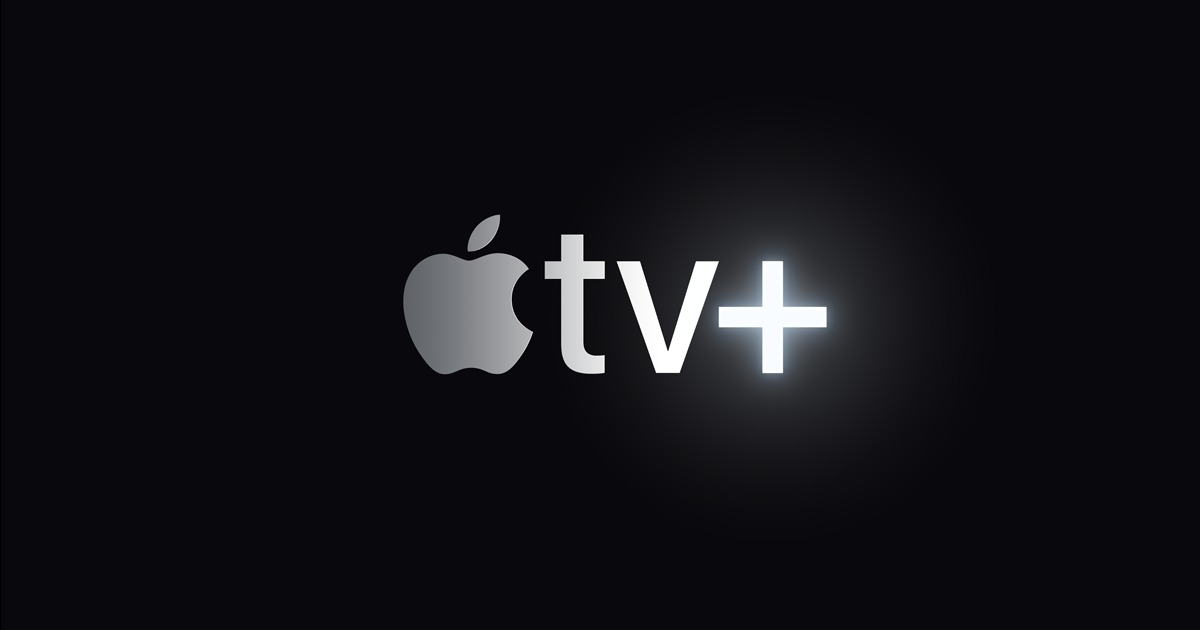Apple TV, Roku, Chromecast, oh my! Regardless of the vehicle, Connected TV (CTV) is growing in ubiquity in the US: almost 9 in 10 consumers have access to a connected TV.
Integral Ad Science (IAS), which specializes in digital ad verification, has released results of a survey on streaming trends among American consumers. The report shows that alongside the growth of streaming, consumers may be starting to feel subscription fatigue. 76% of respondents are willing to see ads in exchange for watching free streaming video, and 55% plan to watch free video streaming services in the next 12 months.
CTV is the preferred vehicle for streaming video content, with 80% of consumers streaming content using CTV and 59% using CTV as their primary means of watching streaming video. 83% of consumers have access to at least one paid video streaming service, with access to an average of 3 services. Paid streaming video services have mainstream adoption, but there is diminishing growth.
“With consumers indicating they are maxing out on paid streaming subscriptions, ad-supported content will be more in-demand than ever, giving advertisers a real opportunity to reach key consumers. However, as we see ad dollars flow to this new environment, we will inevitably see fraud follow,” IAS Chief Marketing Officer Tony Marlow said.
Fifty-five percent of consumers say that it is important that ads on streaming video content are high quality. Earlier research from IAS found that the majority of U.S. consumers (81%) said it is annoying when a brand appears next to low-quality content, and 62% reported that they would stop using the brand altogether if its ads appear adjacent to low-quality content. Quality matters when it comes to advertising, and CTV is no different.
The IAS Streaming Wars report provides insight into consumer perceptions of Connected TV and streaming video content consumption. The results are based on a sample of 1,270 US participants, evenly distributed across gender and age brackets. To download the full report, visit our website.

